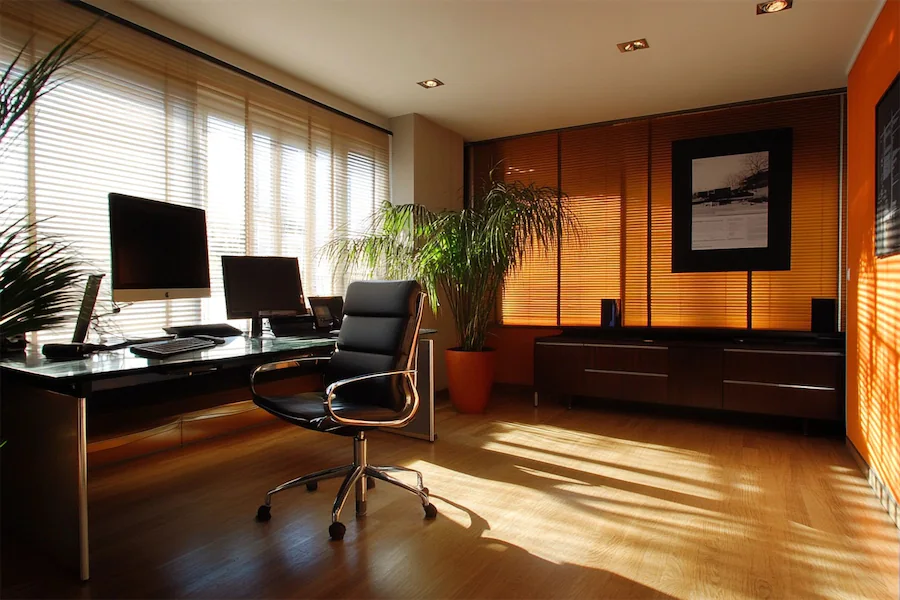Designing a low-impact office room focuses on minimizing environmental impact while creating a functional and healthy workspace. This approach emphasizes sustainability, energy efficiency, and the well-being of occupants.
Introduction to Low-Impact Office Design
Low-impact office design integrates eco-friendly materials, energy-efficient systems, and sustainable practices to reduce a workspace’s carbon footprint. This design philosophy not only benefits the environment but also enhances employee productivity and satisfaction.
History and Origins of Low-Impact Office Design
The concept of low-impact design emerged from the broader green building movement, which gained momentum in the late 20th century. As awareness of environmental issues grew, architects and designers began prioritizing sustainability in their projects. Notable examples include the Council House 2 (CH2) in Melbourne, Australia, completed in 2006, which was the first purpose-built office building in Australia to achieve a maximum Six Green Star rating.
Key Features of Low-Impact Office Design
- Sustainable Materials: Utilizing recycled, reclaimed, or sustainably sourced materials reduces environmental impact.
- Energy Efficiency: Incorporating energy-efficient lighting, HVAC systems, and appliances lowers energy consumption.
- Indoor Environmental Quality: Enhancing indoor air quality, natural lighting, and acoustics promotes occupant well-being.
- Water Conservation: Implementing low-flow fixtures and water-efficient landscaping conserves water resources.
- Waste Reduction: Designing for waste minimization through recycling and composting facilities supports sustainability.
Applications of Low-Impact Office Design
- Adaptive Reuse: Repurposing existing buildings for office spaces reduces construction waste and preserves resources.
- Passive Design Strategies: Employing natural ventilation, daylighting, and thermal mass to reduce reliance on mechanical systems.
- Biophilic Design: Incorporating natural elements like plants and natural materials to enhance the connection to nature.
- Flexible Workspaces: Designing adaptable spaces that can be reconfigured to meet changing needs, reducing the need for new construction.
Considerations When Choosing Low-Impact Office Design
- Budget Constraints: While some sustainable solutions may have higher upfront costs, they often lead to long-term savings.
- Building Regulations: Compliance with local building codes and sustainability standards is essential.
- Occupant Needs: Design should prioritize the health, comfort, and productivity of employees.
- Technological Integration: Incorporating smart building technologies can enhance energy efficiency and occupant experience.
Conclusion
Adopting low-impact office design principles leads to environmentally responsible, cost-effective, and health-promoting workspaces. By focusing on sustainability and efficiency, organizations can create offices that benefit both people and the planet.
